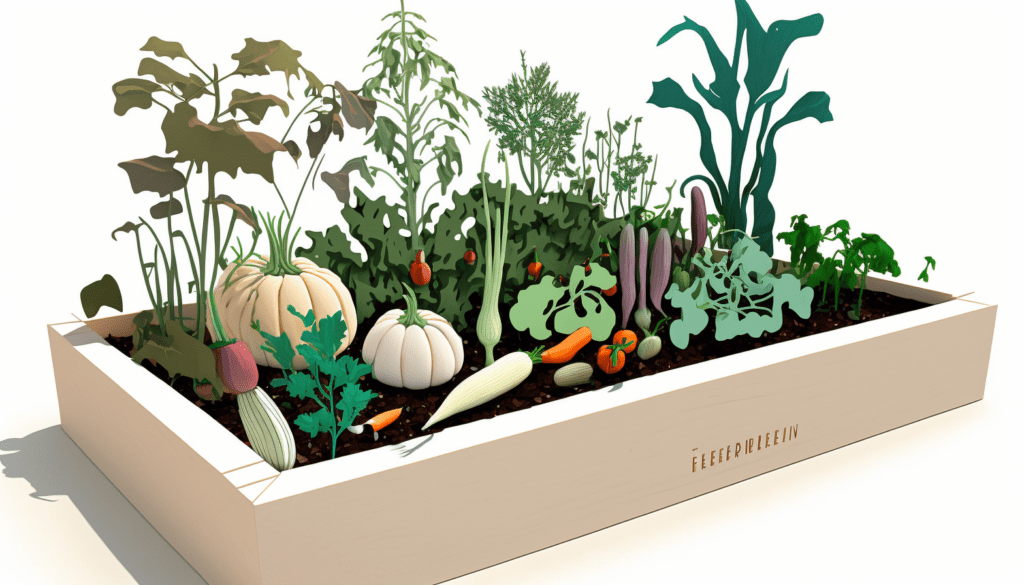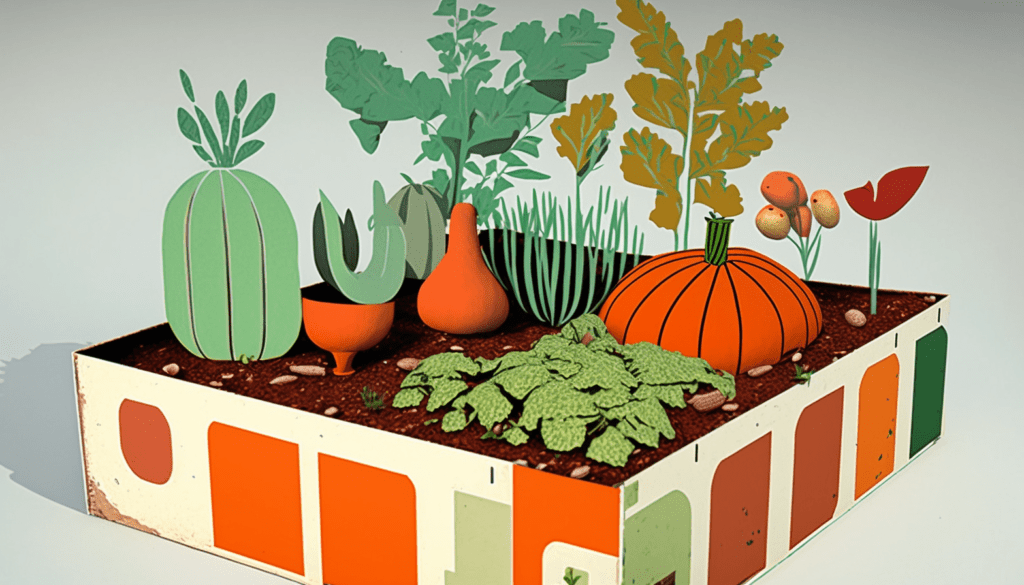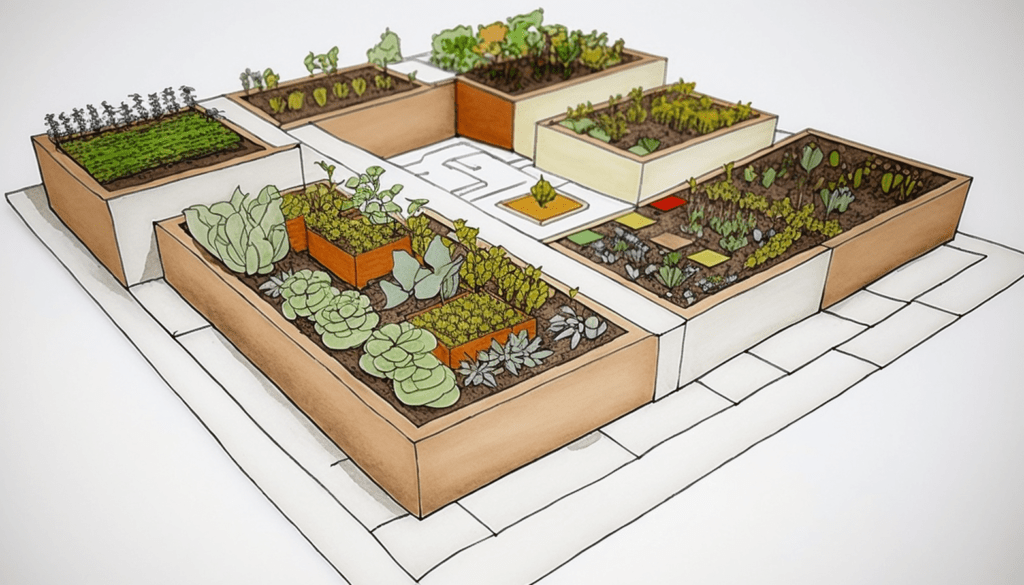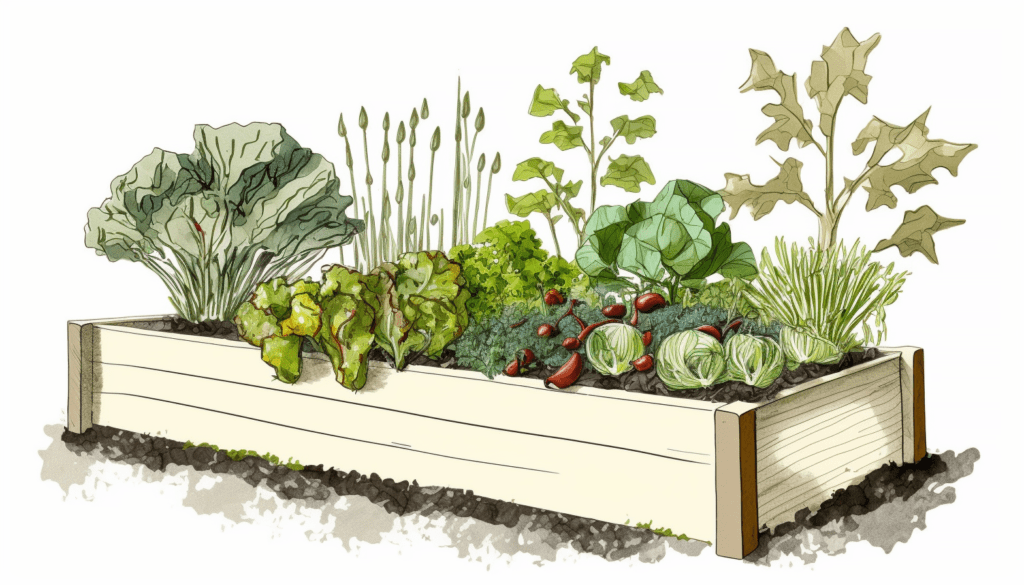Gardening has long been a popular hobby and source of fresh produce for many people. However, as we become more aware of the environmental impact of industrial agriculture, more and more people are turning to home gardening as a way to reduce their carbon footprint and live a more sustainable lifestyle. One popular way to grow your own food at home is by using raised garden beds.
The History of Raised Garden Beds

The practice of using raised garden beds dates back to ancient civilizations, such as the Aztecs and the Egyptians. They used raised garden beds to protect their crops from flooding and to maximize the use of limited space. In recent years, the popularity of raised garden beds has increased, as more people seek to grow their own food in an efficient and sustainable way.
But why did raised garden beds fall out of favor in the first place? In the 20th century, industrial agriculture took hold, and with it came a focus on maximizing yields through the use of chemical fertilizers and pesticides. The idea of growing food in a way that was more labor-intensive and less efficient than traditional farming methods seemed outdated and impractical. However, as concerns over the environmental and health impacts of industrial agriculture have grown, many people are returning to the age-old practice of using raised garden beds.
Benefits of Raised Garden Beds

One of the main benefits of raised garden beds is that they allow for better control over soil quality and drainage. By using a raised bed, you can create a customized soil blend that meets the specific needs of your plants, ensuring that they receive the nutrients and water they need to thrive. Raised beds also provide better drainage than traditional in-ground gardens, which can help prevent issues with root rot and other water-related problems.
But there’s another benefit of raised garden beds that often goes overlooked: the psychological benefits. Gardening has been shown to have a positive impact on mental health, reducing stress and anxiety and improving mood. And for those who grow their own food, the satisfaction of watching their plants grow and harvesting fresh produce can be incredibly rewarding.
How to Build Your Own Raised Garden Beds

Building your own raised garden bed is a relatively simple process. First, choose the location for your bed and determine the size and shape you want it to be. Then, gather your materials, such as wood planks or cinder blocks, and assemble them into the desired shape. Finally, fill the bed with soil and compost, and plant your seeds or seedlings.
But what if you don’t have access to a yard or outdoor space? You can still use raised garden beds by building them indoors or on a balcony. Container gardening, which uses raised beds and pots to grow plants, is a popular option for those who live in apartments or other urban environments. With a little creativity and some basic materials, you can create a thriving indoor garden in no time.
The Recent Fad of Home Gardening
In recent years, there has been a surge in the popularity of home gardening. This can be attributed to a number of factors, including a growing interest in sustainable living, the desire for fresh and healthy produce, and the recent pandemic, which has led many people to seek out new hobbies and ways to spend time at home.
But the trend towards home gardening is not just a passing fad. As we become more aware of the environmental impact of industrial agriculture, more and more people are turning to home gardening as a way to reduce their carbon footprint and live a more sustainable lifestyle. And as we continue to face challenges related to food security and supply chain disruptions, growing your own food at home is becoming an increasingly attractive option.
The Pros and Cons of Raised Garden Beds
On the one hand, they offer better soil quality, drainage, and ease of maintenance, as well as the ability to grow more plants in a smaller space. Raised beds also provide a physical barrier between your plants and the ground, which can help prevent issues with pests and weeds. And because the soil in a raised bed warms up faster than soil in the ground, you can start planting earlier in the season and extend your growing season later into the fall.
However, there are also some downsides to using raised garden beds. For one, they can be more expensive to build than traditional gardens, especially if you opt for higher-end materials like cedar or redwood. Additionally, because raised beds are essentially large containers, they can dry out more quickly than in-ground gardens, requiring more frequent watering. And if you’re not careful with your soil blend, you may end up with nutrient imbalances or pH issues that can harm your plants.
Organic Home Gardens and Raised Garden Beds

Many people who use raised garden beds choose to grow their produce organically. Organic gardening is a method of growing plants without the use of synthetic fertilizers, pesticides, or herbicides. This is seen as a healthier and more sustainable way to grow food, as it avoids the use of harmful chemicals that can damage the environment and potentially harm human health.
To create an organic raised garden bed, start by using organic soil and compost. You can also use natural pest control methods, such as companion planting or introducing beneficial insects like ladybugs or praying mantises. Additionally, consider using organic seedlings or seeds that have not been genetically modified or treated with chemical coatings.
But organic gardening is not just about what you don’t use – it’s also about building a healthy, thriving ecosystem in your garden. By using compost and organic matter to improve soil health, you can create a rich and diverse environment that supports the growth of beneficial microorganisms and insects. This can help improve the overall health of your plants and reduce the need for chemical interventions.
Raised garden beds offer a sustainable and healthy way to grow your own food at home. By using a raised bed, you can create a customized soil blend, improve drainage, and make it easier to care for your plants. While there are pros and cons to using raised garden beds, many people find that the benefits outweigh the drawbacks. And by choosing to grow your produce organically, you can further reduce your impact on the environment and support your own health and well-being. So why not give raised garden beds a try and see how they can transform your home garden?




Leave a Reply